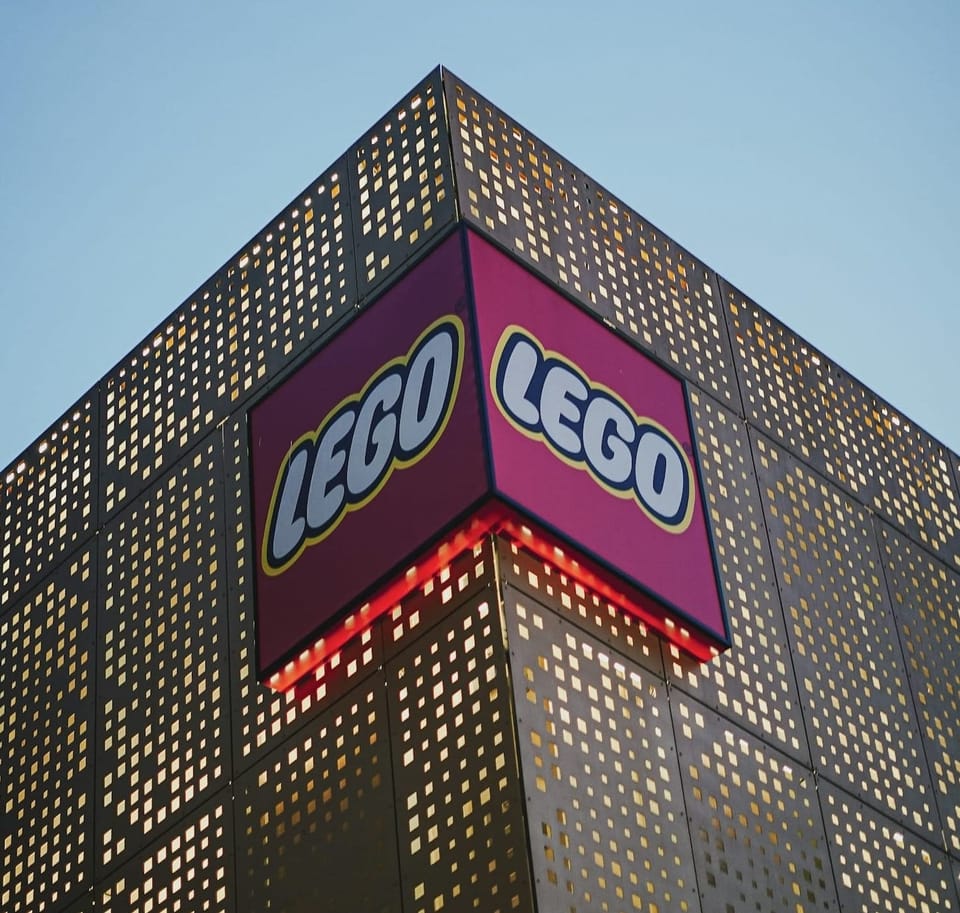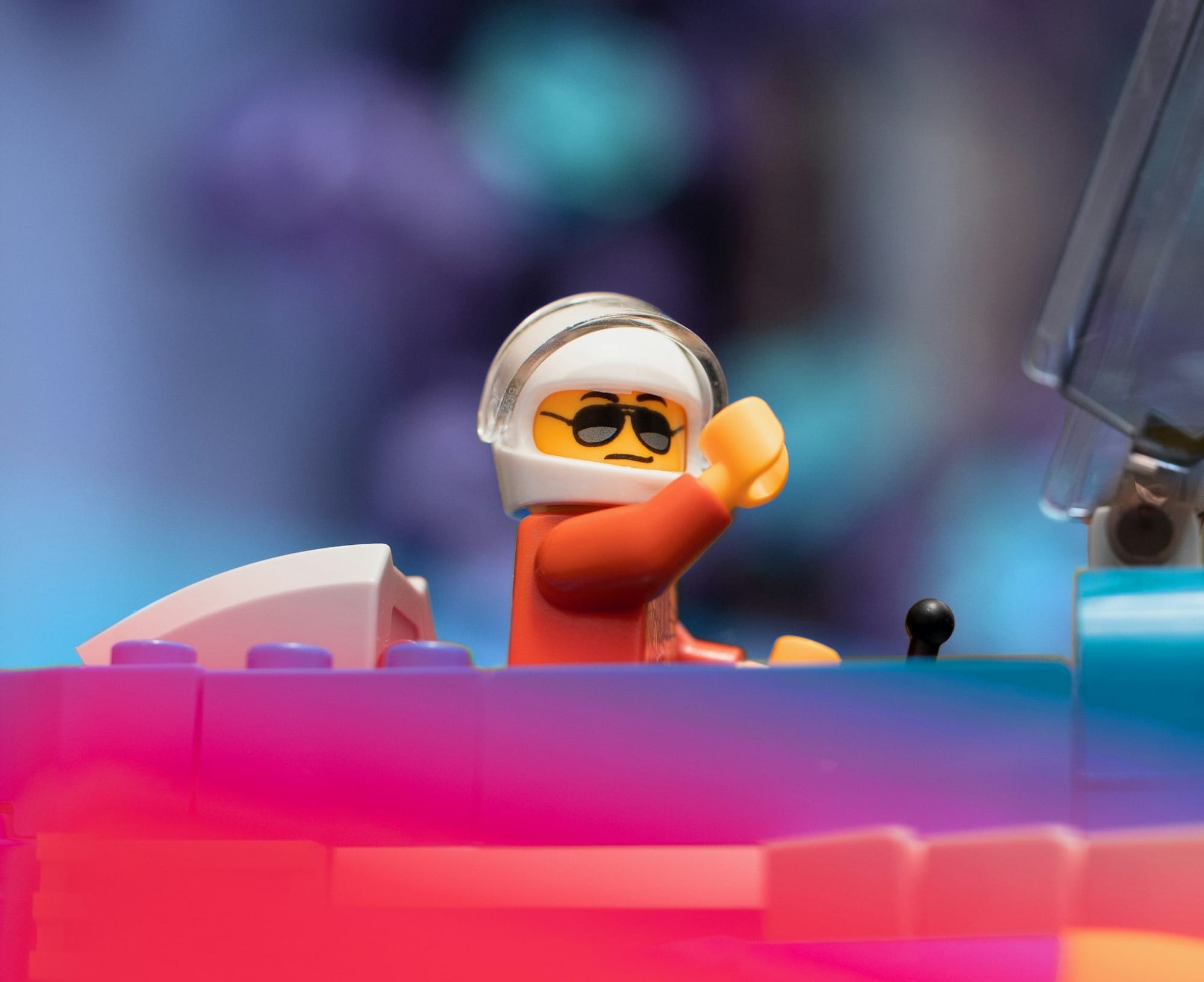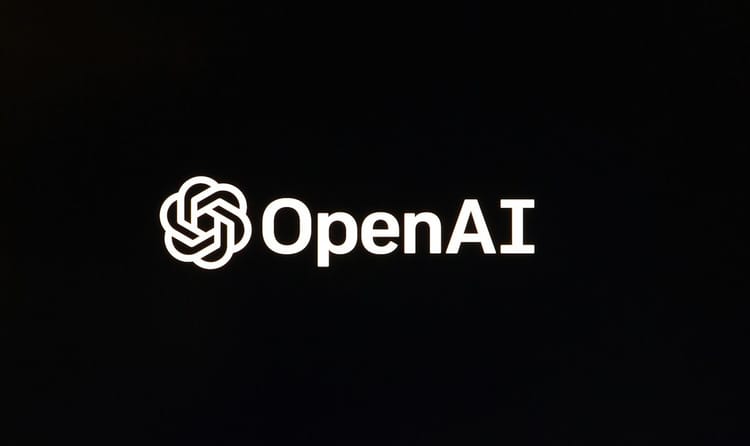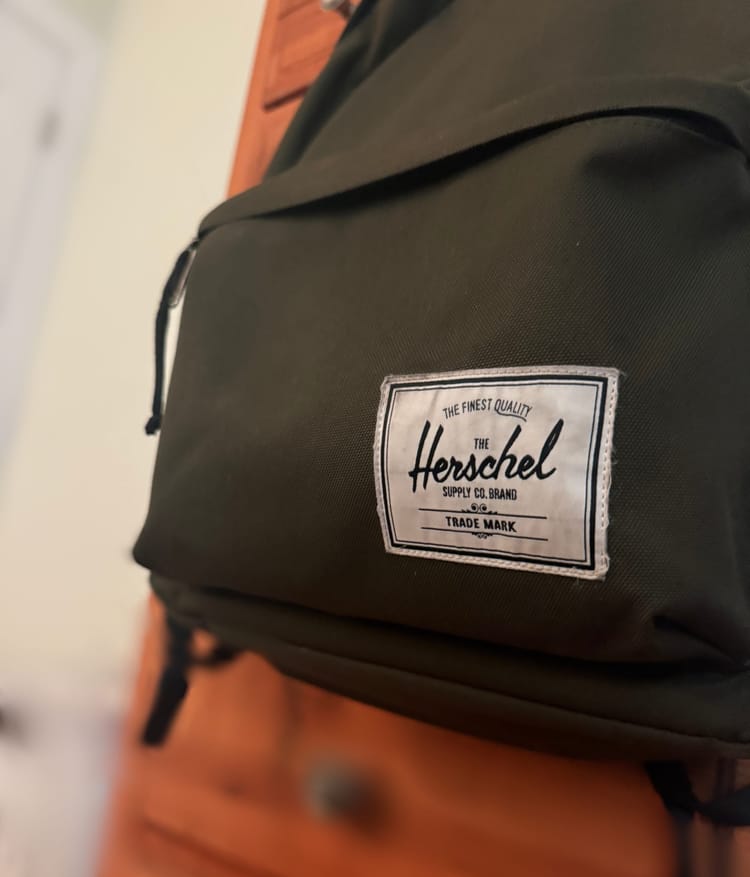LEGO: How It All Started?

Before screens and smartphones, before algorithms and NFTs, there were simple, colorful, plastic bricks that clicked together. And behind those bricks was a carpenter from Denmark named Ole Kirk Christiansen, whose business journey is as carefully constructed as the models built from his iconic toy. LEGO built a brand synonymous with creativity.
The LEGO story begins in 1932 in the small town of Billund, Denmark, where Ole Kirk Christiansen ran a carpentry business. The Great Depression had swept through Europe, and demand for construction work dwindled. Desperate to stay afloat, Ole pivoted his woodworking skills into making household items like ironing boards, stepladders, and eventually wooden toys. He named the company “LEGO” in 1934, a contraction of the Danish words “leg godt,” meaning “play well.” Ironically, he later discovered that in Latin, “lego” also means “I put together," which was a fitting accident.
From the start, Christiansen held an unusually high standard for quality. He once famously told his staff, “Only the best is good enough”. In fact, he would discard entire batches of toys if they had the slightest imperfection. This dedication to quality was beneficial, but it sure didn’t protect the business from hardship. In 1942, a fire burned the entire workshop to the ground. Instead of folding, Ole rebuilt. And in doing so, he began experimenting with something new: plastic.

At the time, plastic was an untrusted material in toy manufacturing. Most companies stuck with traditional wood. But Ole saw potential. In 1949, LEGO released its first plastic “Automatic Binding Bricks,” the precursor to the modern LEGO brick. Initially, sales were slow—parents still preferred wooden toys—but Ole believed in the future of this strange new material.
The true breakthrough came in 1958 when LEGO patented the modern interlocking brick design that gave the pieces their unique “clutch power.” Now, LEGO bricks could securely snap together while being easy to take apart, allowing endless combinations. Suddenly, the toy became a whole system of play.
This shift—from isolated toys to allowing interconnection—transformed LEGO into a platform, not just a product. The implications of this move can’t be overstated. What truly set LEGO apart was the creation of a system. The brilliance of LEGO wasn’t just in the castles or spaceship—it was that every brick connected to every other brick, regardless of year or theme. This system-based thinking created retention.
System of Play
The strongest businesses often go beyond offering a single product—they create product ecosystems that invite repeated use, deeper engagement, and long-term customer loyalty. A system connects individual products in a way that adds more value the more a customer participates, this greatly helps with costumer churn (amount of customers lost). LEGO is a clear example. By designing every brick to be compatible, regardless of the set or release year, LEGO didn’t just sell toys—they built an interconnected ecosystem. The value of each new set increased when added to what a customer already owned. For any business, this approach turns standalone products into parts of a broader experience which increases customer retention.
By the 1960s and 70s, the LEGO System in Play was taking over Europe and beyond. The company introduced themed sets, instructions, and new brick types. Another pivotal moment came in 1978 with the introduction of the mini-figure; suddenly, LEGO sets had characters, narratives, and the early spark of storytelling potential.

But LEGO’s trajectory wasn’t a constant ascent. By the late 1990s and early 2000s, the company had expanded into too many directions—video games, theme parks, apparel, even wristwatches. Ironically, it was this lack of focus that nearly collapsed the business. In 2003, LEGO posted one of the worst losses in its history. The brand was strong, but the business was bleeding.
Business Bleeding
When businesses try to do too much at once, they risk losing what made them successful in the first place. By expanding into too many areas quickly —video games, theme parks, apparel—they spread themselves too thin and drifted from their core product. The result was brand confusion, operational inefficiency, and financial decline.
The broader business lesson is simple: growth without focus is dangerous. Scaling a company requires discipline. Every new product, service, or expansion should reinforce your core value—not compete with or distract from it. Spreading too wide, too fast can weaken what you're best at. Sustainable growth happens when companies scale intentionally, aligning every move with the identity that made customers care in the first place.
That’s when the company made a crucial pivot. It brought in outside CEO Jørgen Vig Knudstorp, who had a background in consulting—not toys. He initiated what many called a “LEGO Renaissance.” He scaled back on distractions and doubled down on LEGO’s core: the brick, the builder, and the story. Sets became more narrative-driven, often tied to licensed IPs like Star Wars and Harry Potter, but still rooted in the company’s DNA of open-ended creativity.
Knudstorp also introduced lean manufacturing and improved supply chain processes. But perhaps most importantly, he redefined LEGO’s value proposition—not just as a toy maker, but as a creativity company. The brick wasn’t the end product; the imagination it unlocked was.

LEGO’s success has also stemmed from its rare ability to balance tradition with innovation. While the physical brick hasn’t changed much since 1958, LEGO has consistently found new ways to adapt. Their partnership with Hollywood began with licensed sets and exploded into mainstream pop culture with The LEGO Movie in 2014—a critical and commercial hit that reminded the world why LEGO mattered. It wasn’t just nostalgia; It was relevance.
Relevance
LEGO’s ability to stay relevant for generations comes down to more than just great products—it’s about constant reinvention around a consistent core. While the brick itself hasn’t changed, LEGO has evolved how it connects with each new audience. A perfect example is The LEGO Movie in 2014. Instead of relying solely on nostalgia, LEGO embraced modern storytelling and humor to reach both kids and adults, turning a toy brand into a cultural phenomenon. Brands that last don’t resist change—they adapt creatively while staying true to what makes them unique.
The company has also embraced digital integration with platforms like LEGO Life (a social app for kids), educational robotics kits like LEGO Mindstorms and SPIKE, and even a collaboration with Epic Games to explore the metaverse. Yet all of this remains grounded in the company’s mission to “inspire and develop the builders of tomorrow.”

Perhaps LEGO’s greatest strategic move, though, is how early it begins building loyalty. A child playing with LEGO bricks today becomes the parent who buys them tomorrow. That kind of emotional connection is a great example of long-term marketing.
Today, LEGO is the largest toy company in the world by revenue, surpassing giants like Mattel and Hasbro. It sells in over 130 countries, generates more than $9 billion annually, and produces an estimated 100 billion bricks each year. Even with producing all these new bricks, one can always use the old bricks to create. This system of always being able to use old and new bricks to create is what makes LEGO everlasting. Brilliant.
Works Cited
- Robertson, David C. Brick by Brick: How LEGO Rewrote the Rules of Innovation and Conquered the Global Toy Industry. Crown Business, 2013.
- “The LEGO Group History.” LEGO.com. https://www.lego.com/en-us/aboutus/lego-group/the-lego-history
- Business Insider. “How LEGO Became the Most Powerful Toy Company in the World.” https://www.businessinsider.com/lego-most-powerful-toy-company-2015-2
- Forbes. “The Bricks That Built A Business.” https://www.forbes.com/sites/michaelschein/2020/08/11/how-lego-used-storytelling-to-build-a-billion-dollar-brand/
- Fast Company. “Inside LEGO’s Bricks-to-Billions Business Model.” https://www.fastcompany.com/90659211/how-lego-became-the-worlds-most-beloved-brand
- Toy Association. “2023 Global Toy Market Report.” https://www.toyassociation.org
- CNBC. “LEGO’s Transformation into the World’s Biggest Toymaker.” https://www.cnbc.com/video/2023/03/10/how-lego-became-the-worlds-largest-toy-maker.html




